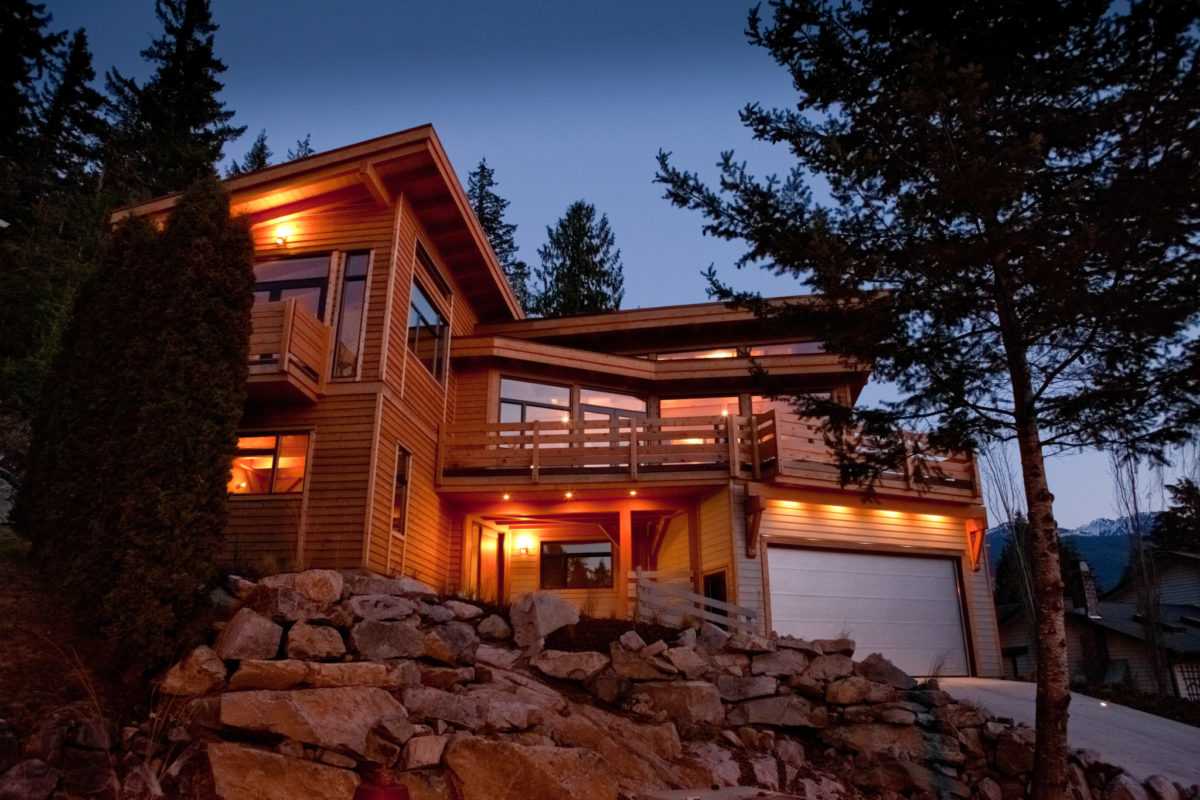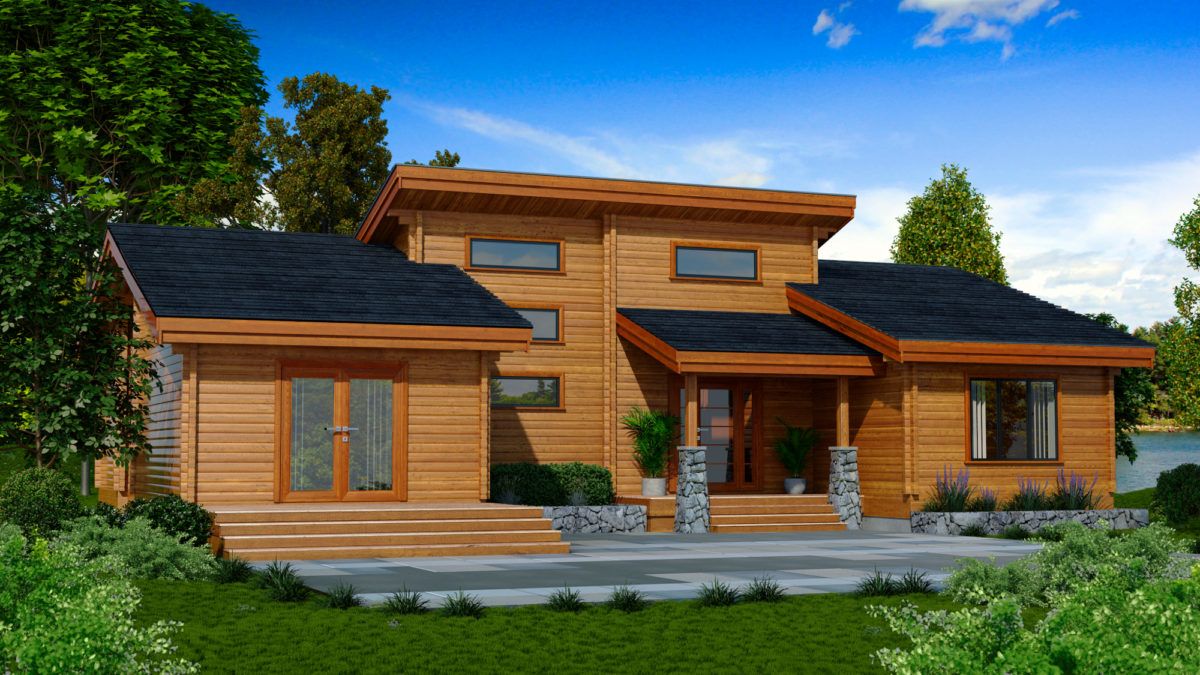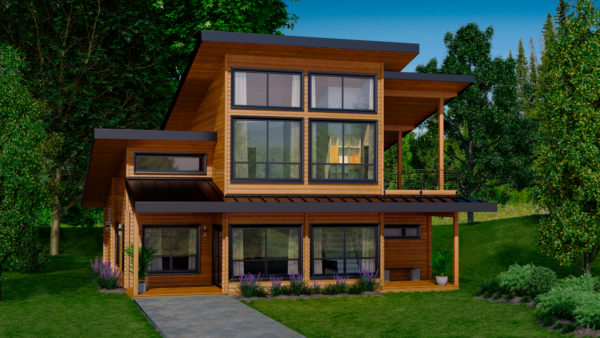As customized for your family as a tailored suit is to its wearer, a new home designed and constructed in collaboration with the right builder can make dreams come true. Here’s insider advice on how to do it.
The purchase of a custom residence might just be the ultimate dream: like a confirmation of financial stability and a clear personal vision of the future, all in one.
But a custom home also introduces a raft of possibilities that, to some, can seem daunting. An empty residential lot is an enormous question mark to those who perhaps lack design savvy, or have ideas but have never collaborated with a builder before. Should you choose a pre-existing house plan or design something from scratch? What are your greatest priorities, and will your lot and your budget accommodate them? How, even, does one find the right builder in the first place?
We spoke to some long-established, highly regarded B.C.-based builders about the most important steps every soon-to-be custom-homeowner needs to take to make the designing and building processes as smooth as possible.
PREFERRED BUILDERS
Increasingly, the most desirable locations in which to build a custom home are master-planned communities: neighbourhoods whose every amenity and aesthetic consideration has been determined in advance by an experienced property developer. These developers usually partner with a trusted builder, which offers its own selection of house plans that have been designed exclusively for the community. These designs smooth the building process both for developers, who are able to retain a standard of quality and visual consistency in their community, and for consumers, who are relieved of the intimidating task of conceptualizing their new home from thin air.
Naturally, however, most homebuyers have a wish list of features that may deviate somewhat from a pre-existing plan. Developers and the builders anticipate this.
“In our developments, we have homes that are ‘market ready,’” says Kim Barnstable, project manager and director of construction for Vancouver-based Wesbild Homes, whose projects include Predator Ridge in Vernon. “I always say if you like 80 per cent of what you see in that home, then we don’t have to go to the trouble of a custom plan. We can customize the remaining 20 percent, and then we’re a long way down the road. We already have budget numbers attached to it, we have a designer who’s already worked with that plan and we can save a lot of time and money.”
Wilden Real Estate, which presides over a still-evolving 2,000-acre development in Kelowna, has cultivated numerous long-term relationships with building professionals over more than 20 years in the industry. “We’ve gone out and found the builders we’re comfortable handing one of our lot buyers over to,” says Brent Couves, vice president of sales. “We don’t ask someone to buy a lot until they’re comfortable after meeting with one of our four builders and have a preliminary building quote. Only then do we move forward.”
Lindal Cedar Homes works a bit differently, becoming not just a custom builder but a project manager when a client engages an architect for a home design, explains vice president of operations Barbara Pocha. “We’re the intermediaries. We act as an advocate. We oversee the architectural designs, the costs, the contractors and trades… and we oversee the project from start until after move-in.”
CHOOSING YOUR BUILDER
The surplus of choice when building outside of a planned community means buyers often become overwhelmed by possibilities, both when choosing a builder and making design decisions. “Personal synergy is huge!” exclaims Wilden’s Couves, referring to the relationship between a first-time custom-homebuyer and a builder. “I recommend they interview at least three builders before making a choice.”
Wesbild’s Barnstable brings up the primary consideration first: “It can be an awkward conversation sometimes, but we get it out on the table immediately: ‘What’s your budget?’” he says. “There’s nothing more frustrating that spending months designing something, only to have the budget come in tens or hundreds of thousands of dollars too high. He explains that they prefer not to use price per square foot as the only determining factor in a design. “There are so many things that go into the actual cost of a house… your flooring, your cabinets, your landscaping—they can affect the per-square-foot price dramatically.”
Rauvin Manhas, president of Pan-Abode, which specializes in customizable cedar homes, points out that the property itself can have a significant bearing on the total cost of a build, especially if it’s on an undeveloped lot in a rural community. He cites a recent project, when the builder ran into unanticipated conditions laying a foundation. “They had to blast away all sorts of rock, which wasn’t originally part of the budget.”
Ultimately, says Manhas, building a custom home is “a three-way dance between the property, the intended usage or lifestyle of the owner and the budget. These all need to be addressed in coming up with a design that’s going to be ideal.”


PARADOX OF CHOICE
Whether designing a 100 per cent custom home or making modifications to an existing plan, there are certain must-haves that homebuyers are requesting from builders time and again. According to regional builders, these include:
• Larger kitchens and garages (especially in communities where boats and motorhomes aren’t allowed in driveways);
• Enhanced and expanded outdoor living spaces, included built-in barbecues;
• Engineered hardwood and vinyl-plank flooring;
• Wireless security systems;
• Folding divider walls between convertible interior spaces;
• Discreet (often concealed behind an ordinary door) elevators;
• Mudrooms and fire-retardant buildings materials, especially for home in the B.C. Interior.

WORD ON THE STREET
It may seem obvious, but builders themselves overwhelmingly suggest personal referrals as the best resource when searching for a builder. Explore finished homes in the region where you’ve purchased your lot; often, those that most closely resemble your ideal have the same professionals behind them.
“If a potential client comes in liking what they’ve seen and heard, if they know that we’re known for doing good work or they’ve been in one of our show homes, then we’ve already established a level of comfort,” says Kim Barnstable of Wesbild. “That’s probably the biggest hurdle, especially if the client has had any bad experiences with other builders in the past.”
“You want to look for longevity of experience, for references, you want to look at the builds that they’ve done in the past, the quality of product they deliver, and the architectural style,” says Barbara Pocha of Lindal Cedar Homes.
A poorly matched or disreputable builder can render all your dreams moot, so take your time and ask every question that comes to mind before signing a contract—and retain a real-estate lawyer to review it.
The BC Housing website answers would-be homeowners’ most commonly asked questions and provides a public registry of licensed residential builders. The Canadian Home Builder’s Association of BC, the Greater Vancouver Home Builders Association and similar regional organizations also offer directories and provide guidance for consumers.
Building Good Neighbours
Making a home design comply with the surrounding community—everything from height and colour to roof pitch and seismic suitability—may require layers of bureaucracy. Fortunately, most builders are well versed in acquiring various clearances on a homebuyer’s behalf. “Before we start, we get all the architectural requirements,” says Lindal’s Pocha, which might involve consulting national, provincial, civic and developer building codes.
The other variable is time. Custom homebuyers rightly expect perfection in return for their substantial investment, but achieving perfection means the meticulous execution of numerous steps involving the input of many conscientious professionals, all of whom are routinely circling back for client approval.
“If you’ve bought a lot and you’ve come in to start designing a home, you’re probably at least four months away, and that’s optimistically, from having everything in place,” says Wesbild’s Barnstable, “before you can actually put a shovel in the ground,” says Barnstable. “That’s what people, in the initial meeting, really have to grapple with.”
Yet the final reward of a custom home will be well worth the potential complexities and the effort, builders and their clients say. At the end of your journey, you have a home unlike any other.
“It doesn’t have to be daunting: it can be one of the most gratifying experiences,” says Brad Pelletier, Wesbild’s senior vice president, Okanagan. “People come to love it and, in fact, become almost addicted to it. They complete one custom home, only to be already thinking about the next one.”
By Michael White


